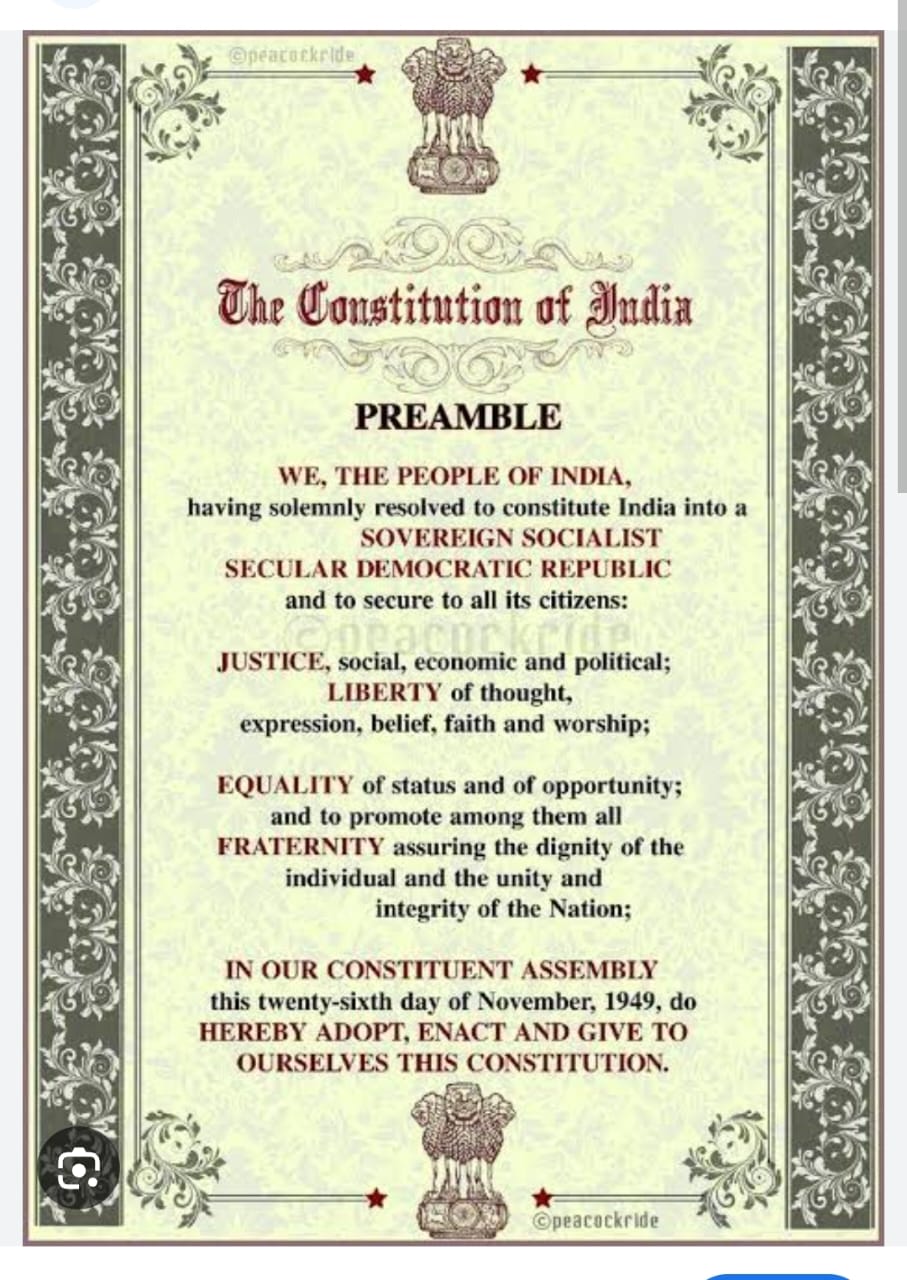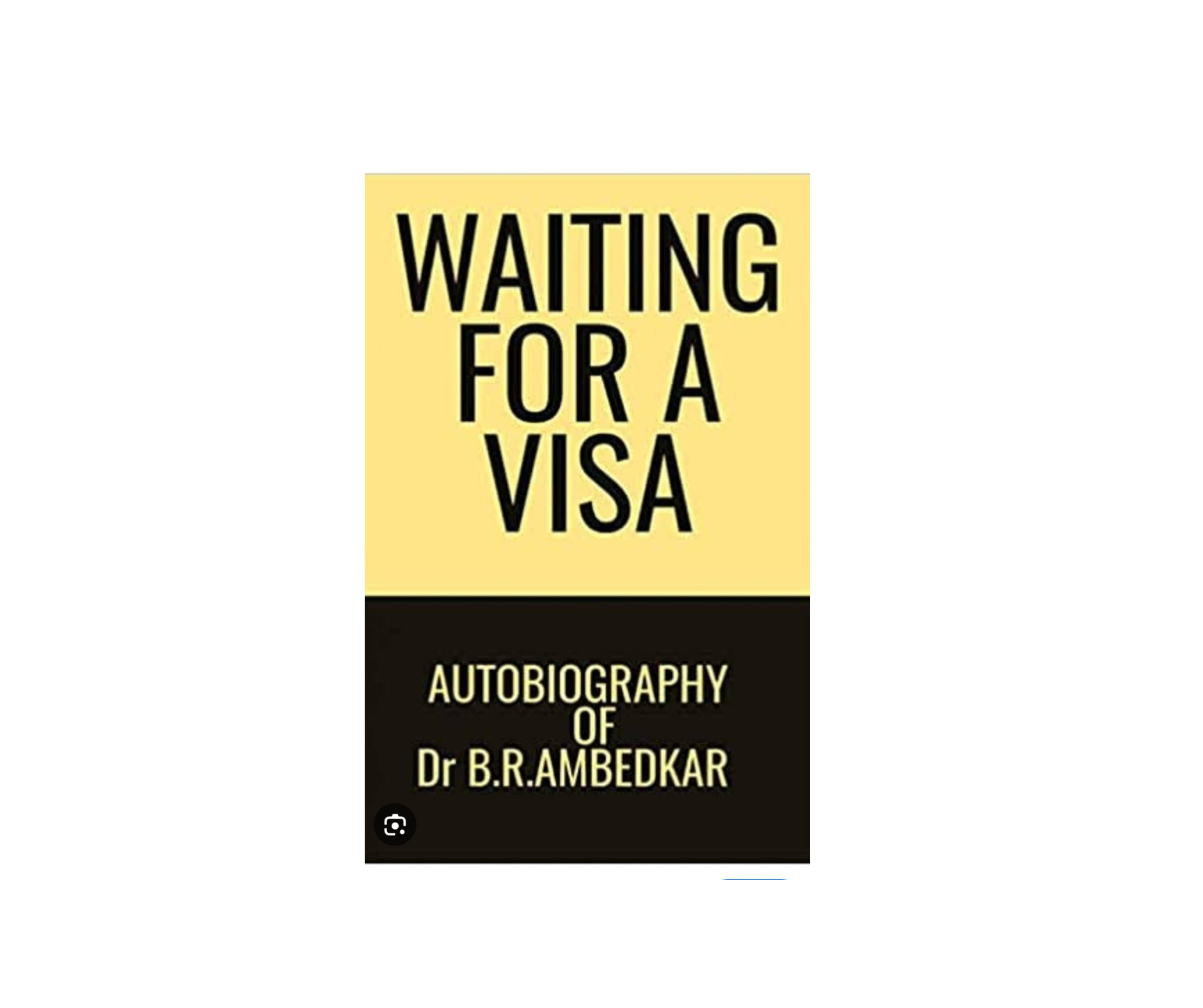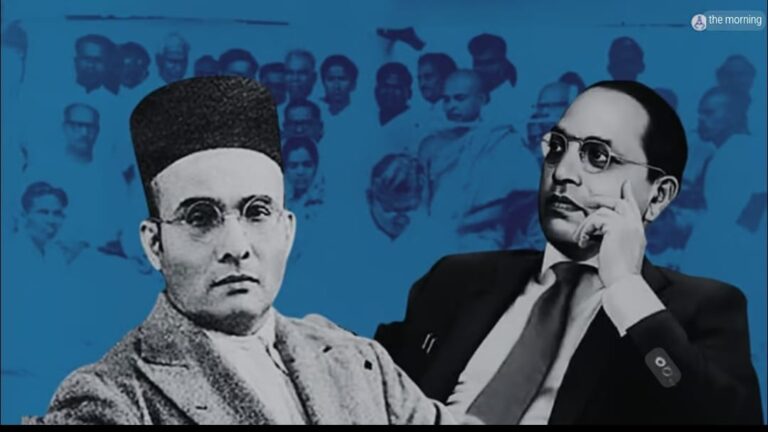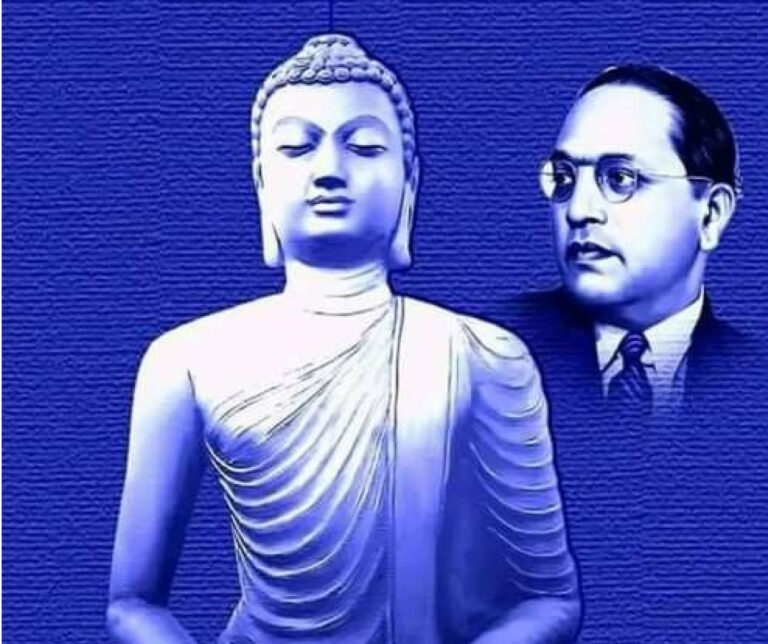When you open India’s Constitution, the first thing you see is the Preamble. Ambedkar’s Preamble, just 81 words that changed a civilization. a revolutionary manifesto that would dismantle 3,000 years of caste oppression and build a new India. Most people don’t realize how radical this document was in 1950. Imagine a society where untouchability was legal just years before, now declaring itself “equality for all” in its founding document. That was Ambedkar’s genius.
What is a Preamble? (In Simple Words)
A Preamble is like the “introduction” to a book—it tells you what the book is about. Similarly:
- The Preamble of the Indian Constitution summarizes its core values and objectives.
- It declares India as a “Sovereign, Socialist, Secular, Democratic Republic”.
- It promises justice, liberty, equality, and fraternity to all citizens.
What Does the Preamble Say?
Here’s what the Preamble says, word for word, adopted on November 26, 1949:
WE, THE PEOPLE OF INDIA, having solemnly resolved to constitute India into a SOVEREIGN SOCIALIST SECULAR DEMOCRATIC REPUBLIC and to secure to all its citizens:
JUSTICE, social, economic and political;
LIBERTY of thought, expression, belief, faith and worship;
EQUALITY of status and of opportunity; and to promote among them all
FRATERNITY assuring the dignity of the individual and the unity and integrity of the Nation;
IN OUR CONSTITUENT ASSEMBLY this twenty-sixth day of November, 1949, do HEREBY ADOPT, ENACT AND GIVE TO OURSELVES THIS CONSTITUTION.
Simple but deep, right? It’s like Babasaheb saying: “India’s yours—make it fair, free, and one.”
Ambedkar’s Vision Behind the Preamble
Ambedkar didn’t just write laws; he fought for social justice. The Preamble reflects his ideals:
1. Justice (Social, Economic, Political)
- Social Justice: End caste discrimination (Ambedkar’s lifelong mission)
- Economic Justice: Fair wages, land reforms (as Labour Minister, he introduced minimum wages)
- Political Justice: One person, one vote (universal suffrage)
2. Liberty (Of Thought, Expression, Belief, Faith, Worship)
- Ambedkar ensured freedom of religion (he himself converted to Buddhism to escape caste oppression).
- Criticized Hinduism’s caste system, fought for Dalits’ right to pray in temples.
3. Equality (Status & Opportunity)
- No discrimination based on caste, gender, or religion (Articles 14-18).
- Reservations for SC/STs (Affirmative action to level the playing field).
4. Fraternity (Unity & Dignity of the Individual)
- Ambedkar feared communalism & casteism would divide India.
- The Preamble reminds us: “We, the People,” must stay united.
Key Features of the Indian Preamble
| Feature | Meaning | Ambedkar’s Role |
|---|---|---|
| Sovereign | India is free from foreign rule | Ensured complete independence |
| Socialist | Wealth should be shared fairly (Added in 1976) | Advocated state-led economic reforms |
| Secular | No official religion (Added in 1976) | Fought for religious freedom |
| Democratic | People elect their leaders | Championed universal voting rights |
| Republic | Non-monarchical system, the head of state is elected | Rejected British colonial rule |
The Preamble in Courtrooms: How Ambedkar’s Words Still Fight Caste
Landmark cases where the Preamble decided outcomes:
- Kesavananda Bharati Case (1973)
- The court ruled that Parliament can’t alter the Preamble’s basic structure
- Protected Ambedkar’s vision from political tampering
- Indira Gandhi vs. Raj Narain (1975)
- “Democratic” in the Preamble struck down Election Malpractices
- Navtej Johar Case (2018)
- “Liberty” in the Preamble helped decriminalize homosexuality
Legal Insight: The Preamble has been cited in over 500 Supreme Court judgments – proving it’s truly the “soul” of the Constitution.
The Preamble’s Unfinished Revolution
Ambedkar knew the Preamble alone wasn’t enough. He warned:
“On 26th January 1950, we will enter a life of contradictions – equality in politics but inequality in society.”
Where We Still Fall Short:
- Caste Violence: 45,935 cases registered under the SC/ST Act in 2022
- Economic Inequality: Dalits own less than 5% of the national wealth
- Religious Tensions: Anti-conversion laws target Dalits leaving Hinduism
How Citizens Can Use the Preamble Today
- RTI Applications
- Cite “democratic” to demand transparency
- Police Complaints
- Use “justice” to insist on FIRs for caste crimes
- Community Actions
- “Fraternity” allows inter-caste community kitchens
Real Example: In 2022, Kerala started Preamble reading in schools, creating caste awareness.
The Preamble vs. Reality: Does India Live Up to It?
Successes
✅ Universal Suffrage: Unlike the US (which took years to allow Black voting), India gave all adults voting rights from Day 1 (1950).
✅ Progressive Laws: SC/ST protections, right to education, LGBTQ+ rights (Section 377 struck down).
Failures
❌ Caste Violence: Over 50,000 crimes/year against Dalits (NCRB).
❌ Religious Tensions: Lynchings, anti-conversion laws.
❌ Economic Inequality: Top 10% own 77% of wealth (Oxfam 2024).
Interesting Facts About the Preamble
🔹 Inspired by the US Constitution but tailored for India’s diversity.
🔹 “Socialist” & “Secular” were added in 1976 during the Emergency.
🔹 Originally began with “We, the people of India”—Ambedkar made sure it represented all citizens equally.
How Can We Protect Ambedkar’s Preamble Today?
- Teach the Constitution in Schools – Many don’t know their rights.
- Fight Caste Discrimination – Report atrocities, support Dalit entrepreneurs.
- Demand Accountability – Ask leaders: “Are you upholding the Preamble’s values?”
Conclusion: The Preamble is Our Pledge
Ambedkar’s Preamble wasn’t just words—it was a promise of a new India. As he warned:
“If we continue to deny social justice, our democracy will fail.”
Our duty? Ensure liberty, equality, and fraternity aren’t just on paper, but in practice.












